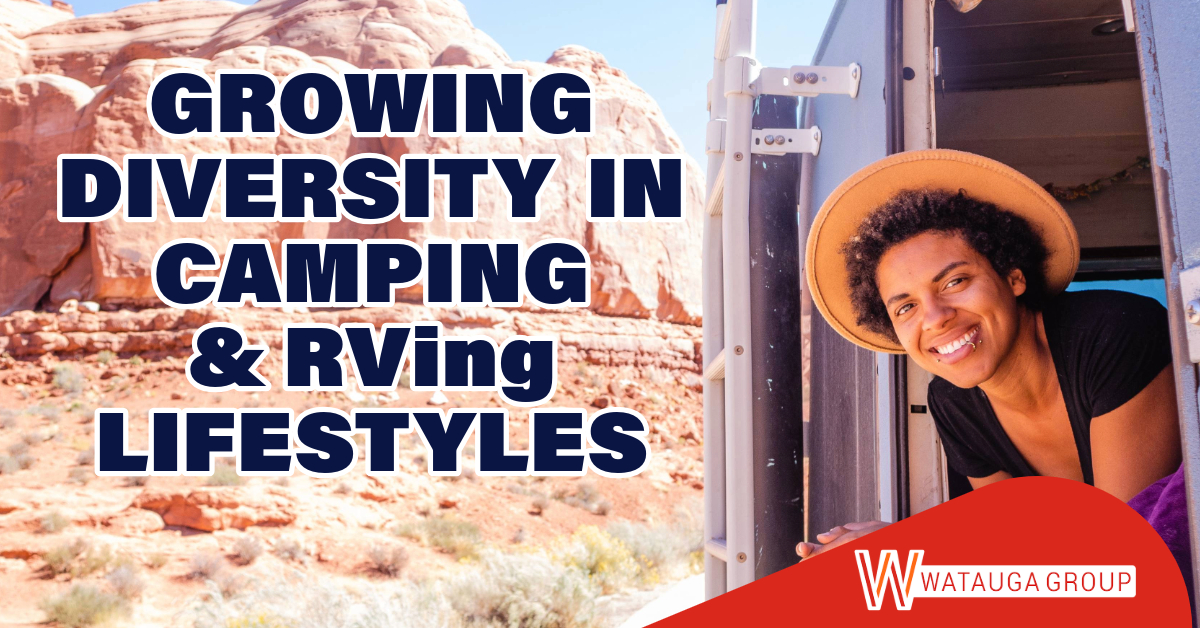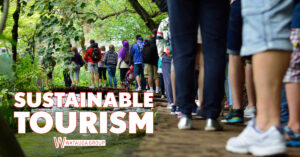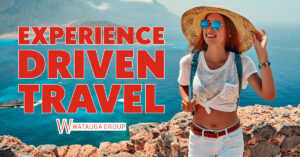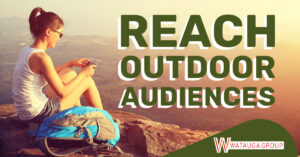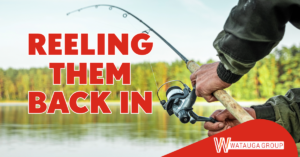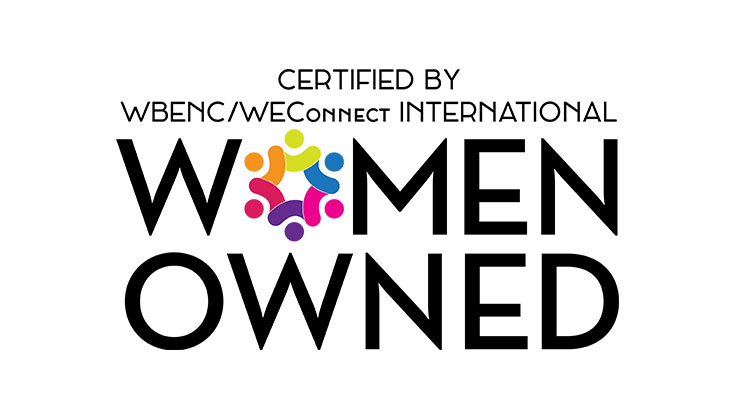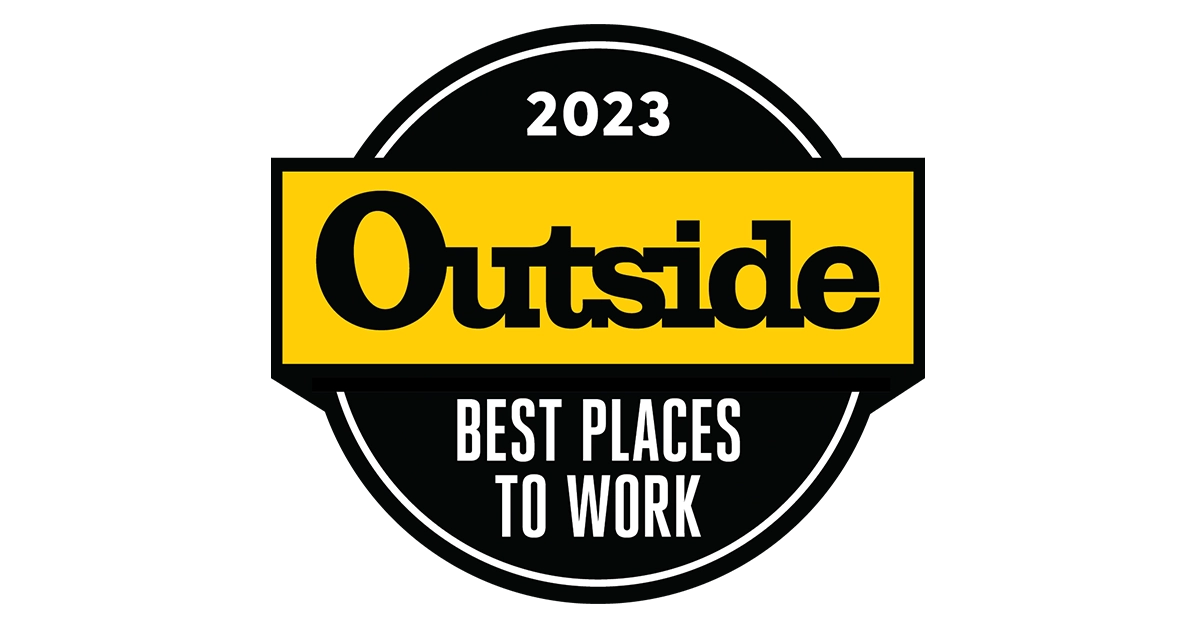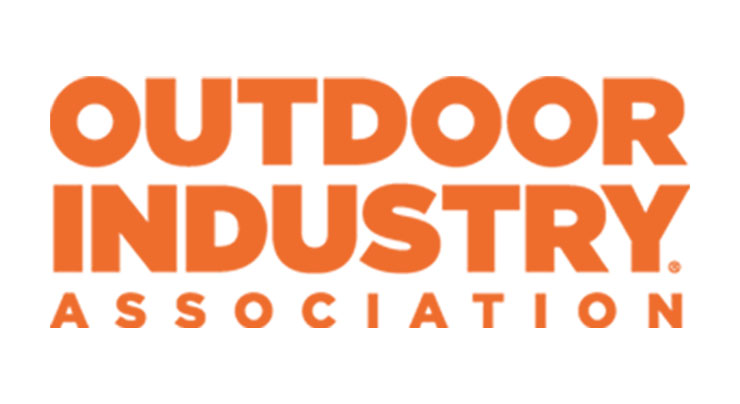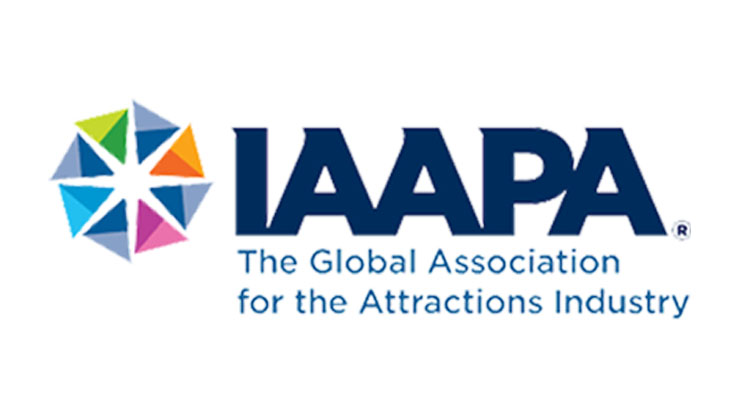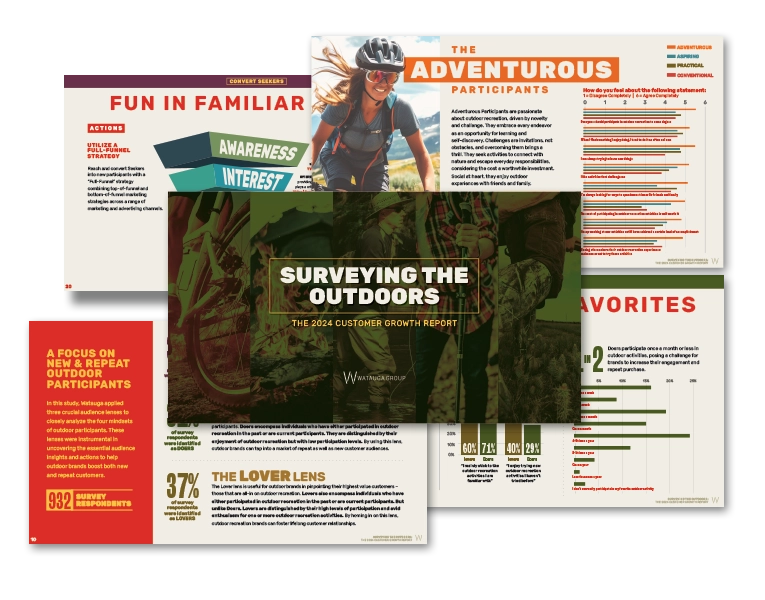Camping and RVing have long been cherished pastimes for outdoor enthusiasts seeking adventure, relaxation, and connection with nature. However, in recent years, there has been a noticeable shift in the demographics of those participating in these activities. An increasing number of multi-cultural and diverse families and individuals are embracing the camping and RVing lifestyles. These multi-cultural audiences in camping and RVing are bringing with them their unique perspectives, tradition, and experiences.
Insights from Watauga’s Research:
Watauga’s upcoming consumer research study, Surveying the Outdoors: The 2024 Customer Growth Report, findings show the mindset of different ethnicities and their motivations behind participation in outdoor activities. However, reaching, and converting these groups of people into participants poses challenges. Particularly, identifying their barriers to trying new activities and embracing the outdoors, so that marketing strategies can be crafted that will help remove those perceived obstacles. According to this report, African American, Asian and Hispanic groups all show high interest in trying new outdoor activities (African American- 50%, Asian- 45% and Hispanic- 70%).
Changing Camping Demographics:
Historically, camping, RVing and outdoor recreation have been predominantly enjoyed by white, middle-class families. However, demographic shifts in society have led to greater diversity within these outdoor recreation communities. Multi-cultural families and individuals, including African Americans, Hispanics, Asians, people from various other cultural backgrounds, and LGBTQ+ audiences, are now actively participating in camping and RVing activities. This change reflects a broader societal trend towards inclusivity and the breaking down of cultural barriers.
In a recent brand lift study done by Go RVing, 11% of Black respondents and 15% of Hispanic respondents in the 18-54 demographic have experienced RVing, and according to the KOA 2023 North American Camping Outdoor Hospitality report, 4 out of every 10 camper households include someone who is Hispanic, Black, Asian or another non-white ethnicity. Moreover, more than half of new campers included a more diverse set of guests. Within the LGBTQ+ community, Go RVing has reported a significant increase in purchase intent among those LGBTQ+ consumers who viewed their content. Along with changes in the demographics of participants, consumer mindsets have also shifted, with 44% of consumers stating they would not engage with a brand that they do not feel is taking diversity initiatives seriously.


There are many reasons for the underrepresentation within these audiences, including not growing up with families that went camping or enjoyed the outdoors, lack of access to spaces close to home that foster greater participation, lack of representation within marketing materials that show diversity in visitors, and the need to feel safe when participating in outdoor recreation and activities.

What this information shows is that while there has been a small increase over the past several years within many multi-cultural or diverse families, there is room for improvement in inviting these groups into the outdoor space. It also benefits companies across the outdoor recreation industry by attracting a relatively new audience. There are many ways that companies can attract these audiences to their destination or to purchase their products and potentially grow their businesses, including:
Safety/ Inclusiveness:
Ensure that these audiences feel safe and welcomed at your business. Families and individuals that feel excluded or feel that there are barriers are less likely to participate. Make sure they feel comfortable staying or shopping with your business. Within Watauga’s Outdoor Report, the different ethnicities surveyed expressed some level of not feeling welcome within the activity as a barrier to trying it (Asian- 14%, African American- 7%, Hispanic- 5%).
Diversity Marketing:
Go above and beyond to tailor diversity marketing messaging to these groups. Don’t just lean on representation in images to show connection. This has to be an effort across the business. You can’t just go in doing the bare minimum or they will see through your efforts.
Reach them in spaces where they are comfortable:
Participating in social media and reaching into groups specifically for these diverse audiences and the outdoors can go a long way to show support.
- Influencers: Partnering with influencers is a great way to introduce a product or destination to an audience. People feel more comfortable with personal recommendations from someone they trust.
- Associations: Partner with associations like Latino Outdoors, Outdoor Afro, GirlTrek, and LGBT Outdoors to understand how you can invite participation.
Advertising:
Watauga’s soon to be released study, Surveying the Outdoors: The 2024 Customer Growth Report, reveals that there are a number of areas that these different groups use to discover new activities, including social media, search engines, advertising and community events. They also rely heavily on recommendations from close friends, partners, or extended family members. Depending on the group, social media influencers are also considered when trying new things. About 20% of Hispanic audiences and 14% of African American audiences rely on recommendations from influencers to form their opinions. The Asian audience was a bit smaller at 5%.
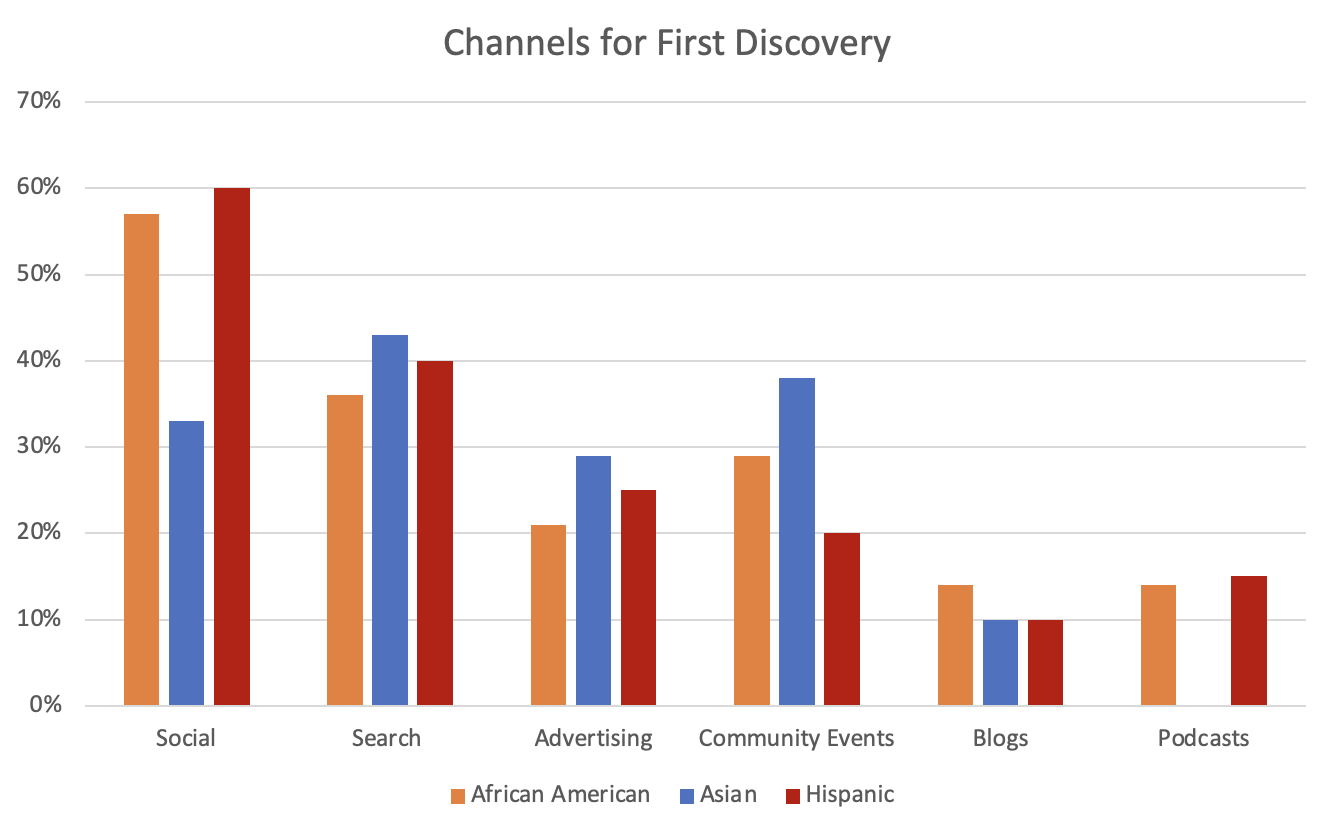
Social media emerges as a potential avenue for reaching these audiences, given their inclination to value the thoughts and experiences of those close to them. It also might benefit the marketing plan to see which channels resonate with each group and tailor the plan to reach different groups in different channels.
While you can’t specifically target different ethnicities across digital media, you can advertise within groups and those consuming specific content. Tailoring a camping or RV marketing campaign towards reaching people across content they are already consuming is a good way to market towards more diverse groups. While budgets for clients vary, there are ways to incorporate a diversity marketing strategy within your plans. A media strategy should include both digital and social advertising, which are typically more affordable. A social strategy could include running ads and targeting specific interests and social pages. Using digital display or video advertising, you can reach your target audiences using contextual and behavioral targeting, to reach those that have specific interests. If budget allows, an overall marketing strategy could include reaching out to influencers and associations within the space you desire to reach. Along with the actual advertisement placement, the ads themselves need to reflect an open and welcoming environment, using imagery and messaging that show diverse audiences within the outdoor recreation space.
Conclusion:
Embracing diversity in camping and RV marketing not only reflects societal trends towards inclusivity but also presents significant opportunities for businesses in the outdoor recreation industry. By actively reaching out to multi-cultural audiences, addressing barriers to participation, and fostering a sense of belonging and safety, companies can tap into a diverse and growing market while enriching the outdoor experience for all.

